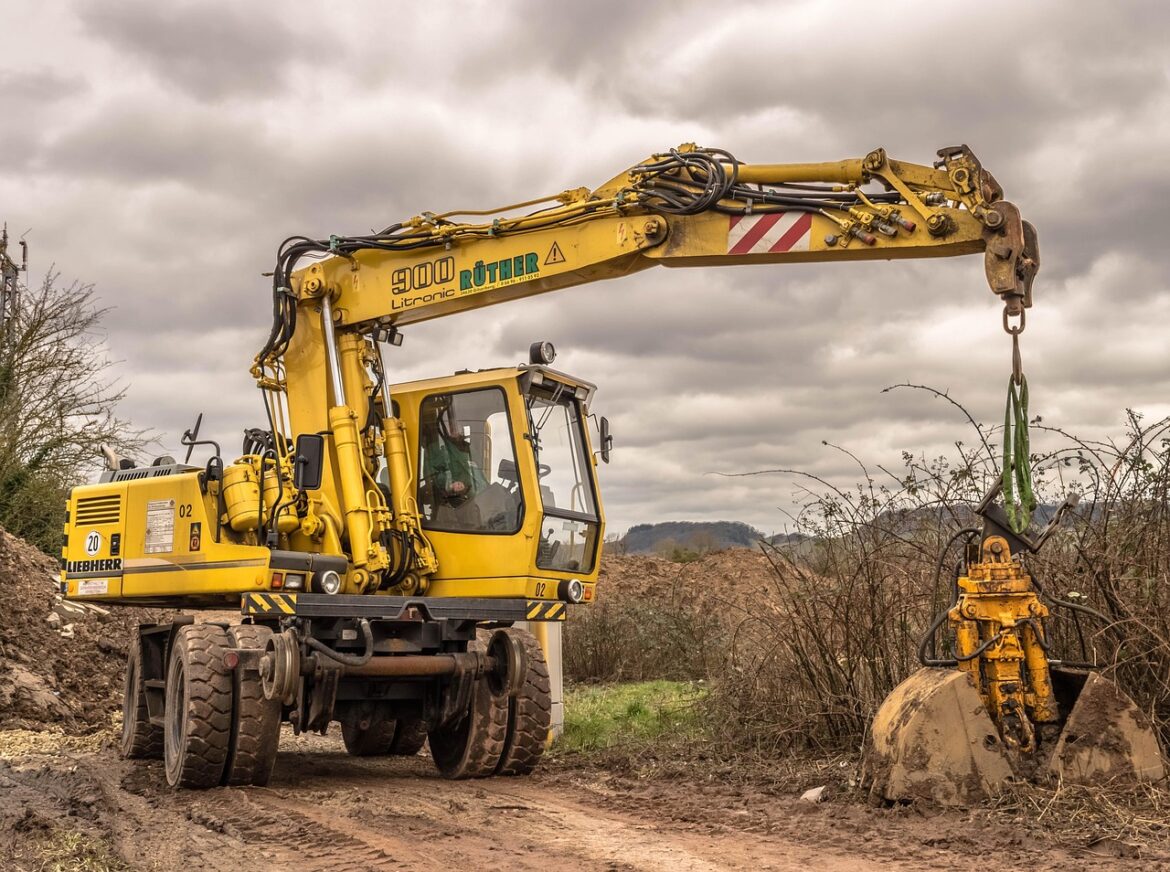The construction industry is no longer just about bricks and mortar. Today, it’s about building smarter, safer, and more sustainable structures thanks to digital transformation. This shift isn’t just about new tools; it’s about changing the way we work and interact with buildings. Here’s a look at some of the key trends and real-world stories that are shaping the future of construction.
Digital Technologies at the Forefront
At the heart of this transformation are technologies like Building Information Modelling (BIM), Artificial Intelligence (AI), Internet of Things (IoT), and Digital Twins. Here’s how they’re making a difference:
-
BIM: A Blueprint for Success BIM is more than just a design tool; it’s a comprehensive platform that integrates architectural, structural, and systems designs. This means teams can collaborate better, detect issues early, and manage projects more efficiently. In the UK, companies like Morson Projects are leading the way with BIM-integrated workflows, showing how it can transform project delivery and asset management.
-
AI and Machine Learning: The Efficiency Boost AI isn’t just about automation; it’s about optimizing processes. In construction, AI can analyze data to predict timelines, allocate resources better, and even monitor site safety. This isn’t just about cutting costs; it’s about ensuring projects are completed on time and with fewer risks.
-
IoT Sensors: Keeping Buildings Healthy IoT sensors monitor structural health and environmental conditions in real-time, helping maintain buildings over their lifespan. This data-driven approach ensures that any issues are addressed early, reducing the need for costly repairs later on.
-
Digital Twins: The Virtual Blueprint Digital twins provide real-time virtual models of physical assets, allowing for better decision-making throughout a project’s lifecycle. This means teams can simulate different scenarios, predict outcomes, and adjust their strategies accordingly.
Practical Stories: Where Technology Meets Reality
-
Tablets Replace Paper Plans In the UK, you’ll now find tablets replacing traditional paper plans on construction sites. Drones are used to survey areas quickly and accurately, showing how technology can streamline processes and improve outcomes.
-
From Books to BIM Just like Amazon evolved from selling books to a wide range of services, construction companies are pivoting towards integrated digital platforms. This shift enables faster innovation and the ability to respond to changing market demands more effectively.
Systems Thinking and AI: A New Era of Collaboration
The latest trends in AI are pushing the boundaries of how we interact with technology. By removing front-end layers, AI can consolidate data from various sources, providing more interconnected insights. This is evident in tools like Copilot, which can source and consolidate data from multiple platforms.
As the construction industry continues to evolve, it’s clear that digital transformation isn’t just about adopting new tools—it’s about changing how we work together and how we build for the future. Whether it’s through smarter design, more efficient processes, or innovative technologies, the future of construction looks bright and exciting.
References:
- https://patentskart.com/digital-construction-technologies-blog/
- https://digitalconstructionplus.com/reimagining-the-built-environment-with-a-systems-mindset/
- https://www.mdpi.com/2075-5309/15/13
- https://morson-projects.co.uk/latest_news/digital-innovation-in-uk-construction-where-smart-tech-meets-infrastructure/
- https://fptsoftware.com/resource-center/case-studies
- https://academic.oup.com/tbm/article/15/1/ibaf028/8178597
- https://ifca.asia/trends-in-the-construction-industry-you-need-to-look-out-for-in-2025/
- https://prolifics.com/usa/resource-center/category/case-studies



